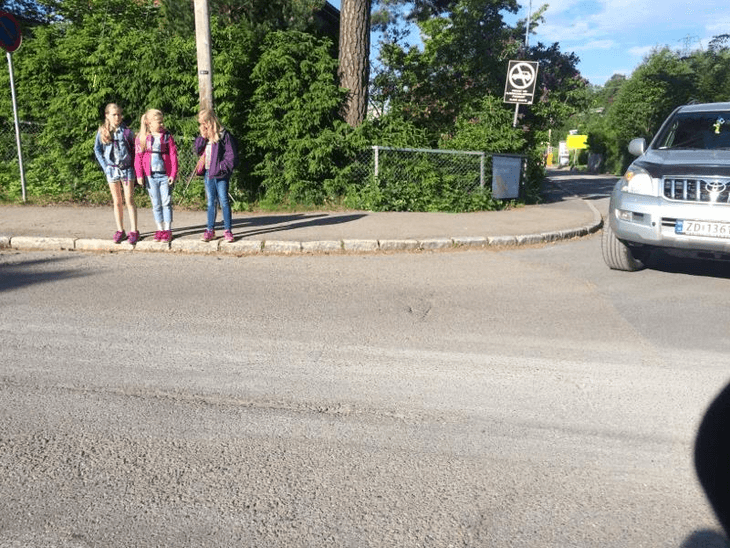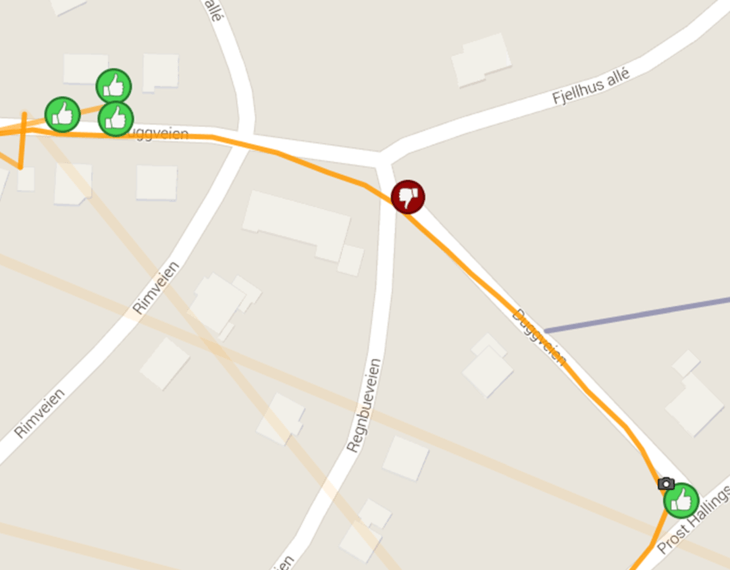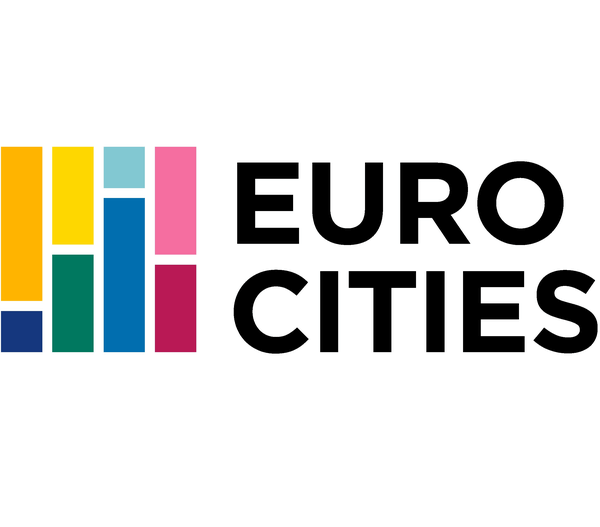Oslo has turned to mobile technology to tackle traffic security issues affecting parents’ willingness to let their children walk to school. Its pioneering app, ‘The Traffic Agent’, provides child’s eye feedback to enable improved road maintenance and infrastructure planning.
The Traffic Agent is a mobile app to determine road maintenance needs. It targets primary school children, who are some of the most active walkers in Oslo. Using a ‘gamification’ approach, children can report dangerous spots or problem areas on their way to and from school. This data is fed into the Agency for Urban Environment’s traffic and technology section, which uses it to prioritise road maintenance needs for the next year’s budget. The app allows children to input anonymously, although data can be filtered by class, school and district. It uses a voice and animations to guide them through the process. The data can be used in class to discuss the safest route to school.
Originally published by EUROCITIES, the network of 130 European cities - PDF: http://nws.eurocities.eu/MediaShell/media/CitiesInAction_TrafficAgent_Oslo_Jul16.pdf
Eurocities Awards
This project was shortlisted for the 'Eurocities Awards' in 2015 in the following category: Innovation.
Oslo is keen for its 44,000 primary school children to walk or cycle to school. Yet parents were increasingly concerned about the speed of traffic and the safety of crossings. Many were asking repeatedly for safety improvements or choosing to drive their children to school. The city decided a comprehensive review of traffic security for children was needed so that it could develop a plan to make streets safer and walking to school more popular. Contemplating the scale of the task, the Agency of the Urban Environment realised the children themselves were best placed to provide the information needed.
The city decided to create a crowdsourcing tool to capitalise on children’s knowledge of problems such as where crossings need repairing, cars go too fast or overgrown bushes force them to step into the road.
Children’s ideas for the app were sought and these led, with additional input from teachers and parents, to the notion of a spy-based game for use on mobile phones and tablets. Fun and easy to use, the app tracks children’s movement by GPS while an ‘agent’s’ voice and lively animations guide them through the process of reporting dangerous spots on their route to school. It also features the sound effects and ‘cool’ music the youngsters asked for, created specially by a local musician.
A pilot test at two schools revealed that children respond positively to The Traffic Agent’s gamification elements. The children were enthusiastic about taking on the role of secret agents to help keep the city safe. The app has since been rolled out to many more schools. To ensure structured data input, the children choose from a list of options to indicate their method of transport, gender and who they’re travelling with, and to describe what they’re reporting. The data is then analysed by the Institute of Transport Economics and Geodata, part of Oslo’s Agency for the Urban Environment.
The Traffic Agent app was developed with funding of €347,000 from the city, the Research Council of Norway and Capgemini.
It is expected that the app’s impact will extend beyond cheap information gathering and fast road fixing. Awareness of the need for safety measures such as new pedestrian crossings will help the accuracy of annual budget planning. Confidence in the safety of walking will result in less traffic congestion around schools. And appreciation of which roads children use most will enable safety improvements such as lighting. The involvement of teachers who can see when, for example, a child walks on their own or on a fast road can prompt class discussions about choosing the safest way to walk to school.
The greatest challenge was protecting the identity of individual users. The solution was to anonymise data from the start. The app is integrated with Norway’s school software platform and this generates a code for each child to use to log in. This has the added advantage of allowing parents to decide whether to pass the code on to their child and let them take part.
The data generated is then gathered via a webbased dashboard visible only by the school and project team. This data is used to map walkers, routes and hazards for easy visibility of what’s happening on the ground and can be filtered for analysis by area, date, class, school and mode of transport.
Each school will run two surveys a year and the city has already demonstrated that it is geared up to respond when problems are identified. Acting quickly to prove to parents that there is immediate benefit to their child’s safety is seen as vital to the app’s success.
Vibeke Rorholt, project manager at the Agency of Urban Environment (Oslo), explains "The Traffic Agent engages young children and shows them they have a role in their community. This early exposure to civic responsibility is very important. Cities need citizens to contribute and everyone benefits if you can show the results of their actions, as we can."
The intention is to share the Traffic Agent freely with communities across Norway wishing to use it for safety research. Many have already shown interest, as have the UK, Netherlands and Germany, after the app was showcased at the Cannes Lions Innovation Festival of Creativity and the European Transport Conference. The app has also found another role, as part of a project by the Research Council of Norway to help improve data on accident exposure in previously unregistered means of transport including walking, cycling, boating and snowmobiling.
- Cities in action - Oslo’s Traffic Agent app, Game to improve road safety - EUROCITIES, July 2016
Related case studies
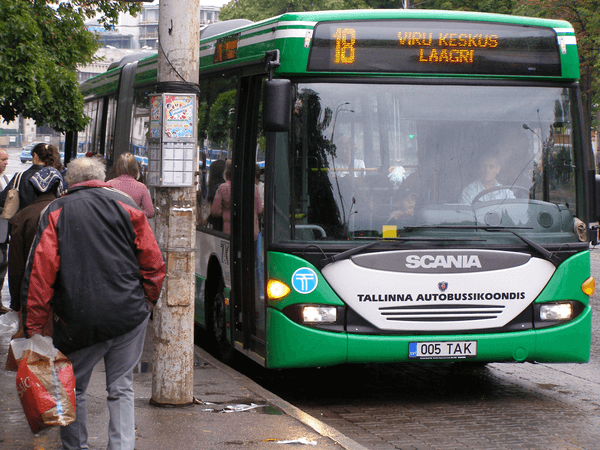
Tallinn, Estonia
Free Public Transport in Tallinn
In January 2013 the capital of Estonia made a shift to free public transport and became the world's largest city to offer free transit for all its residents.
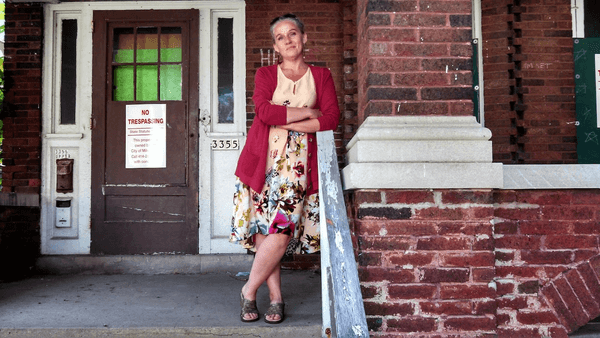
Milwaukee, United States
Victory Gardens Initiative
Victory Gardens Initiative is a community organisation that supports a better food system by helping people grow their own food.
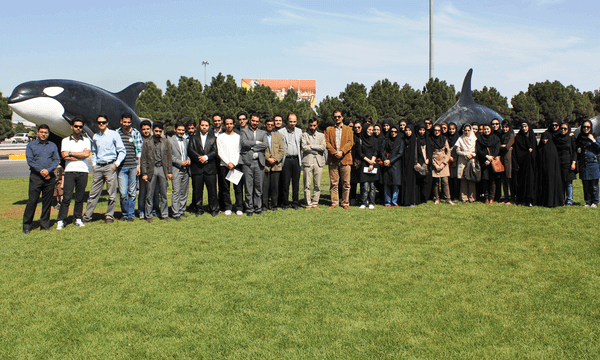
Mashhad, Iran
Young Consultants Group of Municipality of Mashhad
Youth Scientific Cooperation in Urban Management to empower Youth in the decision-making process
